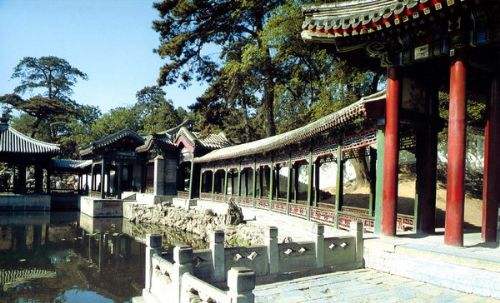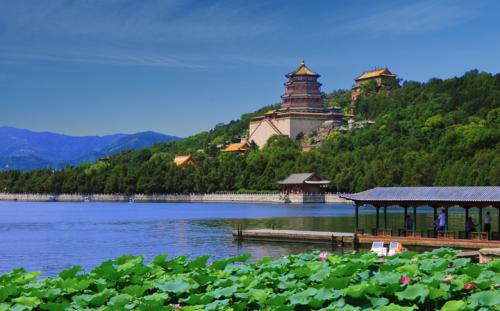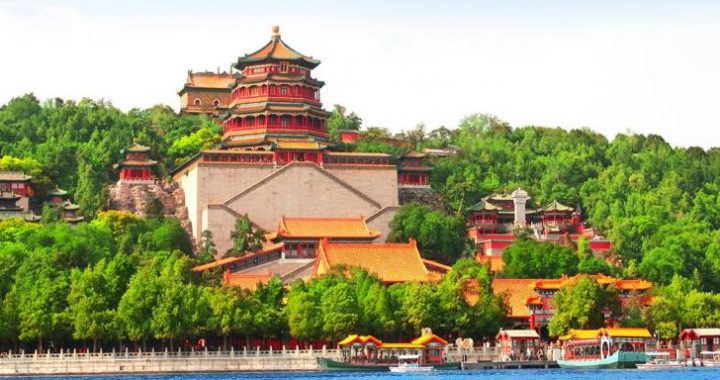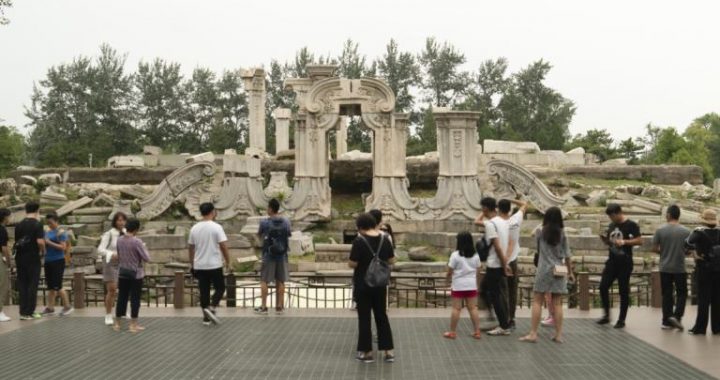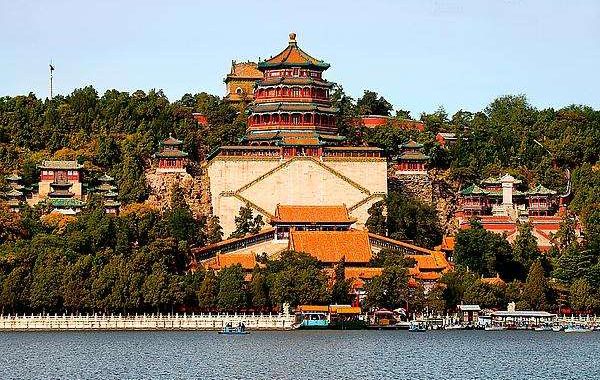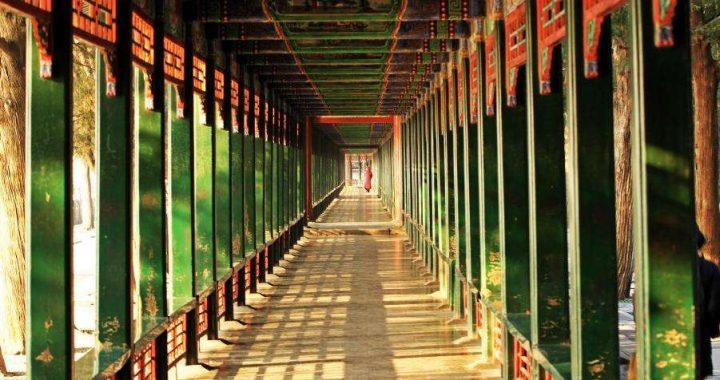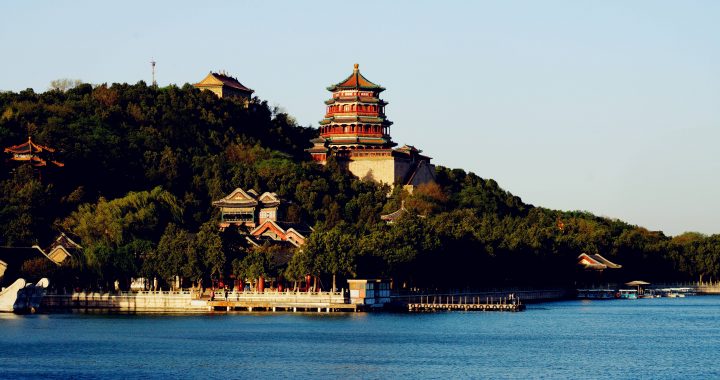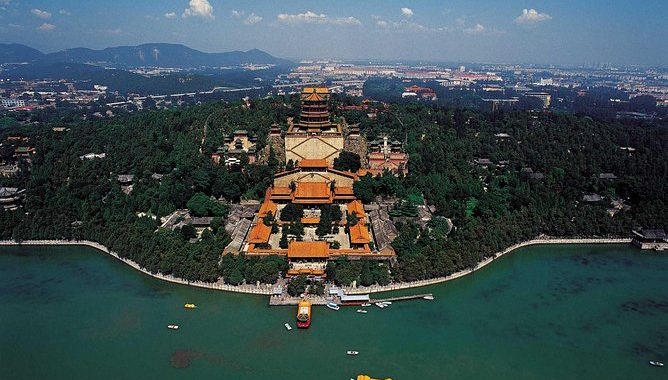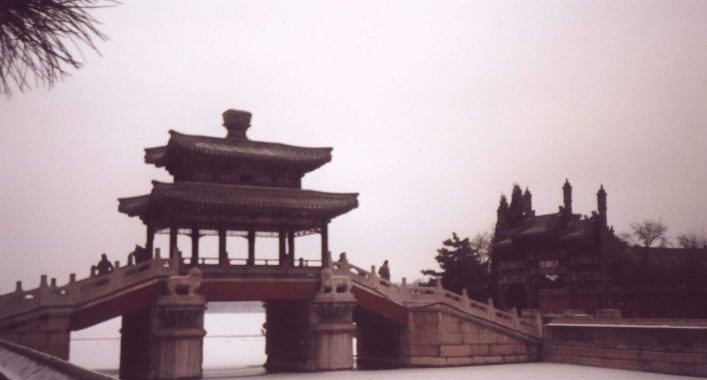Museum of Imperial Garden
2 min readMuseum of Imperial Garden Summer Palace is af the northwest suburb of Beijing,about 15dm from the capital proper.Originally it was the Garden of Clear Ripples,built in 1750.Later in 1860 it was burnt down by Anglo-French allied forces.Qing govenment rebuilt it in 1888 with fund set aside for China’s navy,as a place of leisure for Empress Dowager to enjoy her senior years,and accordingly named it with the implication of peaceful and harmonious life.
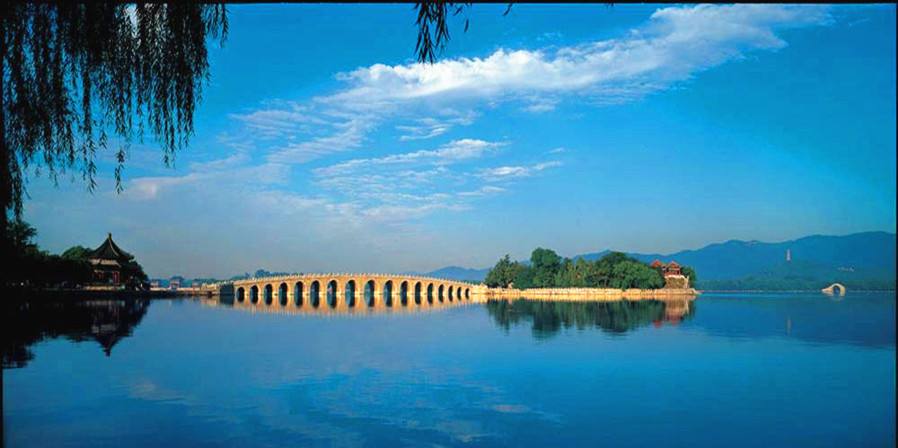
The palace occupies about 293 hectares,made up of mainly Longevity Hill and Kunming Lake,with the lake takes up about three fourths of the whole garden.The primary buildings of the palace center on Tower of Bud-dhist Incense,with over 3 000 towers,pavilions,halls,or houses.The general design follows the tradition of Chinese landscape construction,and the buildings are arranged in harmony with the natural landform.It also bor-rowed the poetic and other techniques of garden construction in southern China,therefore the palace is not only imperial and grand but also elegant and rich with variation.It is a perfect combination of the natural landscape and human features full of artistic impact.
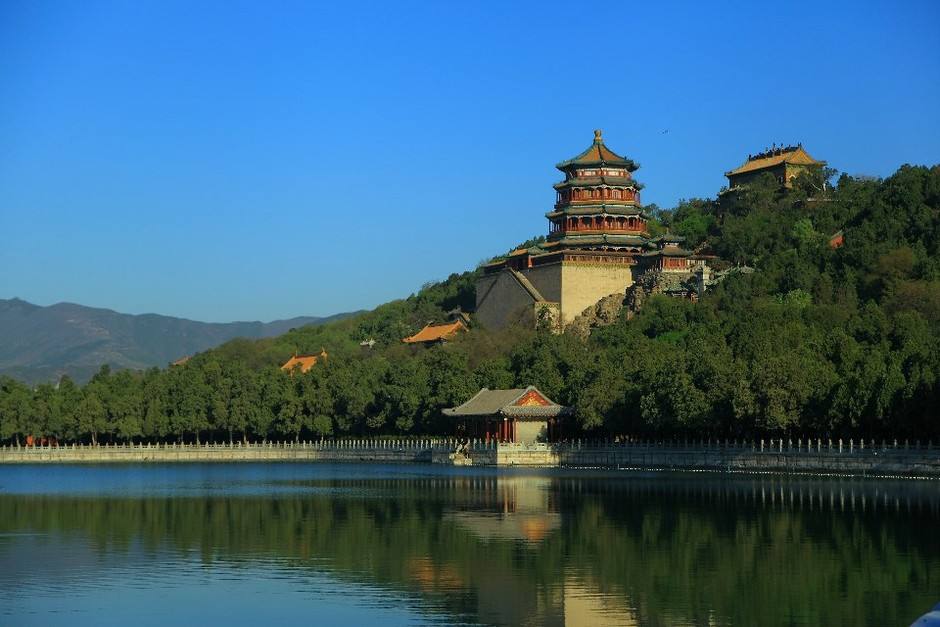
The palace is highly valued not only in the sense of its landscape art but also its role in science and history,which ranks it among the most world famous resorts of tourists.In 1998 World Heritage Committee of UNESCO in-scribed it in World Heritage List.
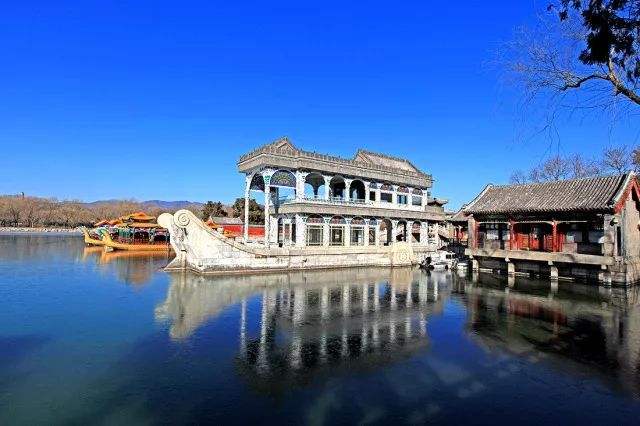
The palace is the largest royal garden in the world most perfectly pre-served with the richest cultural connotation,hence honored as a museum of royal gardens.Its general layout makes full use of the hill and the lake,to-gether with the borrowed views from the peaks of the west mountains,which brings about infinite scenery variations with exceeding beauty.The buildings in the palace are the architectural cream from all parts of China.
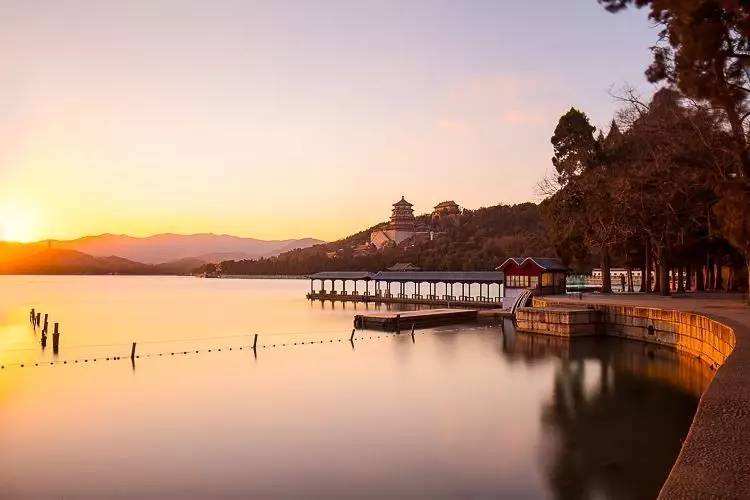
The administrative and residential areas in the east of the palace are typical of the quadrangle in northern China,where the enclosed courtyards are connected by various roofed causeways.The lake area in its south,howev-er.is an imitation of West Lake of Hangzhou,where a dyke divides the lakein two,thus giving it an obvious touch of southerm China landscape.On the north side of Longevity Hil,the scene is that of Tibetan lamasery,wherestand white pagodas and buildings like blockhouses.And in the north,the Suzhou Market Street,with all kinds of shops and its crisscrossing water-courses,is again in the style of the waterscape in southern China.
